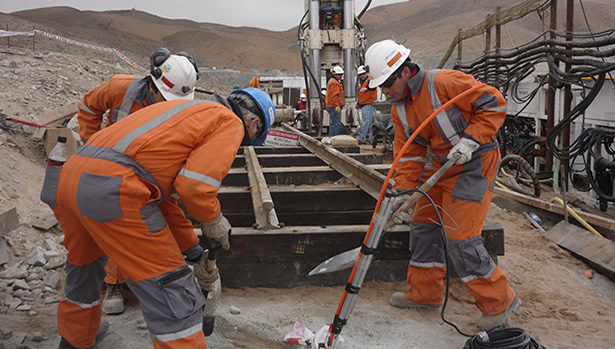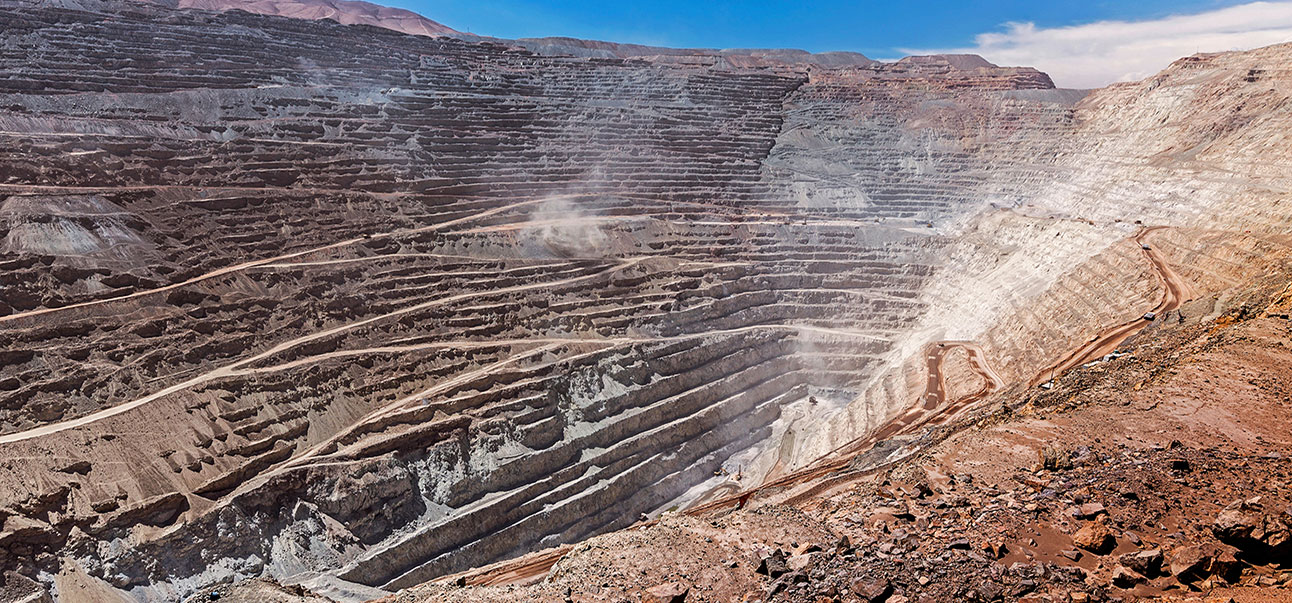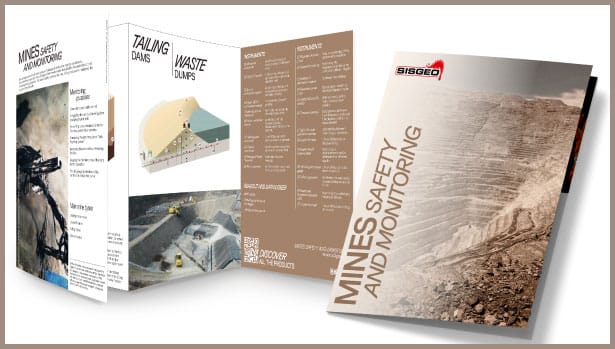What is mine monitoring?
Mine monitoring is the process of using advanced technologies to ensure the safety and stability of mining operations. It encompasses both geotechnical and structural monitoring to analyze the integrity of mine structures and surrounding rock formations. These measures are critical for preventing accidents such as collapses and rockfalls while protecting workers and assets.
A reliable mining monitoring system focuses on geotechnical factors like deformation, stress, and movement in the rock mass and soil. This includes monitoring slopes, tunnels, and other underground structures. Instruments such as extensometers, inclinometers, and piezometers play a key role in capturing accurate geotechnical data for effective analysis.
In addition to geotechnical evaluations, structural monitoring is essential to maintain the safety of mine components such as shafts, buildings, and tunnels. By using sensors like strain gauges, tiltmeters, and displacement sensors, mining companies can detect early signs of wear, damage, or instability.
Furthermore, specialized systems for tailing dam monitoring ensure the stability of waste storage facilities, preventing catastrophic failures. Combining geotechnical and structural data provides a comprehensive understanding of mine conditions.
Effective mine monitoring enhances operational safety and allows mining companies to take proactive measures, ensuring worker protection and sustainable operations.

Which are the challenges in mine monitoring?
Mine monitoring plays a critical role in ensuring the safety and efficiency of mining operations. It addresses challenges such as ground stability, rock mass characterization, and slope stability, each essential for preventing accidents and maintaining operational integrity.
- Ground Stability: Monitoring ground stability helps prevent subsidence, rockfalls, and landslides that can endanger mine workers and damage equipment. Effective ground stability monitoring ensures safer working conditions.
- Rock Mass Characterization: The properties of the rock mass surrounding a mine, such as strength, deformation, and permeability, are key factors influencing mining safety. An efficient mining monitoring system tracks these parameters, detecting changes that might impact operations.
- Slope Stability: Excavations and tunneling can destabilize slopes, increasing the risk of failures. Tailing dam monitoring and slope stability systems help prevent structural collapses and ensure worker safety in high-risk areas.
Deploying a reliable mining monitoring system involves overcoming challenges like selecting the right sensors, ensuring proper installation, and managing large datasets effectively. Instruments such as extensometers, inclinometers, and piezometers are vital for accurate monitoring.
Sisgeo offers tailored solutions for mine monitoring, including advanced instrumentation for slope and tailing dam monitoring.










